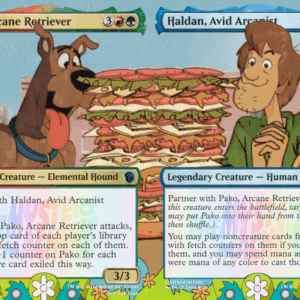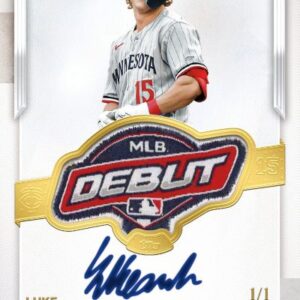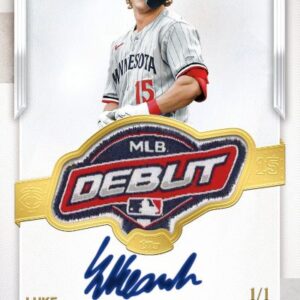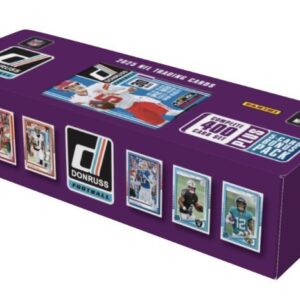Picture it: Friday afternoon, the sun casting long shadows in the parking lot of your local big-box store. Yet, the real shadow hanging over the scene is the collective anticipatory hum of a throng of Pokémon card collectors and hopeful scalpers lined up along the building’s facade. The sight has become so routine it’s easier to set your watch by than the store’s own chime on the hour. These gatherings are a testament to a collecting craze fueled by both nostalgia and a speculative fervor not unlike the sports card mania of yore.
But what drives these weekend pilgrimages and, more importantly, how sustainable can this frenzied Pokémon Trading Card Game (TCG) frenzy truly be?
Every Friday, at shops across the country, the restocking of Pokémon cards transforms the otherwise mundane setting into a competitive arena. Collectors, self-identified primarily as fans, mingle with scalpers—those entrepreneurial few who ride the coattails of popularity with little more than dividends in mind. Their aim is uniform: snatch multi-packs, sealed boxes, tins—any shred of the beloved Pokémon brand they can slip from the shelves in seconds. They do so not necessarily for their own collections but to contribute to an evolving secondary market that thrives under inflated pricing. It’s akin to capturing lightning in a bottle, hoping that bottle finds its buyer on online marketplaces where prices soar above the stratosphere of MSRP.
The consequences, predictably, are bittersweet for genuine fans. For kids clutching their allowance, eager to unwrap and unveil their card treasures, the shelves are often as empty as their disappointed hopes. Products, whisked away mere minutes after restocking, reemerge on virtual auction blocks at dramatically escalated prices designed less to spread joy and more to pad someone else’s pocket.
In direct response to an almost insatiable consumer appetite, The Pokémon Company has escalated its production efforts furiously. Beloved sets with initially tight supply constraints saw massive increases in print runs. Once hailed as elusive, sets like “Evolving Skies” and “Crown Zenith,” and notable editions such as the “Van Gogh Pikachu,” surface with such frequency they could nearly qualify for frequent flyer miles.
Yet, the pandemic-era darling, the “Van Gogh Pikachu” card, illustrates a narrative not of scarcity, but of saturation. When a singular promotional card sees nearly 40,000 PSA 10 copies graded, it challenges previous preconceptions of exclusivity. This influx is symptomatic of the larger condition—a market so deluged that rarity becomes the best illusion magic conjured by marketers.
Sound familiar? It should. To the knowing ears of 1990s sports card enthusiasts, this symphony is all too nostalgic. Back then, a cluster of card manufacturers doubled down on production in response to explosive demand. Within those collections, dreams of rare treasures led to torrential floodwaters of cardboard, where even the most coveted finds were mass-produced into oblivion. Prices plummeted, and collectors were left with more dreams crushed than emerald gold.
The parallels are almost eerie when viewed through the lens of a post-pandemic Pokémon TCG environment. Speculation, thrumming with the heartbeat of frenzied activity post-lockdowns, collides with relentlessly climbing raw material populations. A market’s storyline often hints at an ending through its buildup, and ours reads distressingly similar to a preceding act, with few plot detours.
Forecasting a ‘pop’ in the Pokémon bubble draws on riddles posed to market analysts who prefer the safety of the high-ground over conviction-led leaps. Yet, signs point with clarion clarity: credit-wielding scalpers, knee-deep in debt, may soon seek the solace of liquidation if declines root themselves in reality. Enthusiasts, disillusioned by increasingly ubiquitous sets, might retreat into more stable hobbies, nudging prices further toward credibility.
Wisdom bequeathed from heirloom-like sage collectors cautions humility, endorsing acuity over impulse. They encourage patience—a tempered palate versus binge buying. Markets operate cyclically, with this one contoured like a Mobius strip of nostalgia and hype. Yet in these looped timelines, history often sides with smaller, denser collections where rarity defies convention, driven by the relentless pursuit not of hype but of truly enduring value.
As we bear witness to the latest chapter in collectibles, should the winds of change dictate a familiar arc, Pokémon’s riotous Gangnam style of consumer frenzy may yet pivot toward an introspective waltz of collectors learning anew that wisdom, like history itself, bears repeating.






